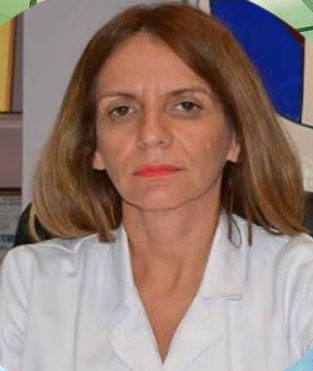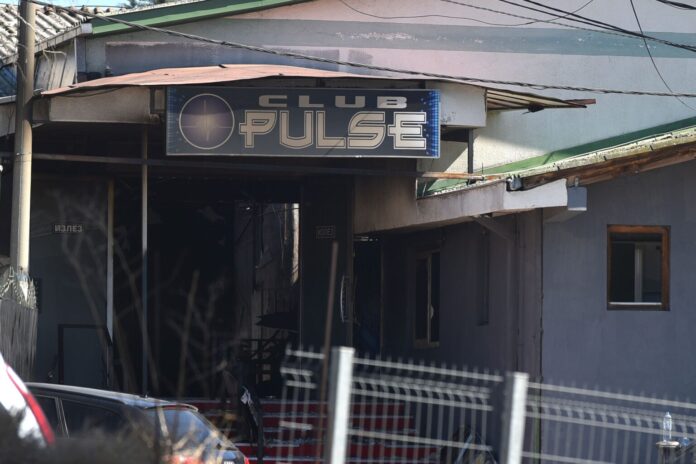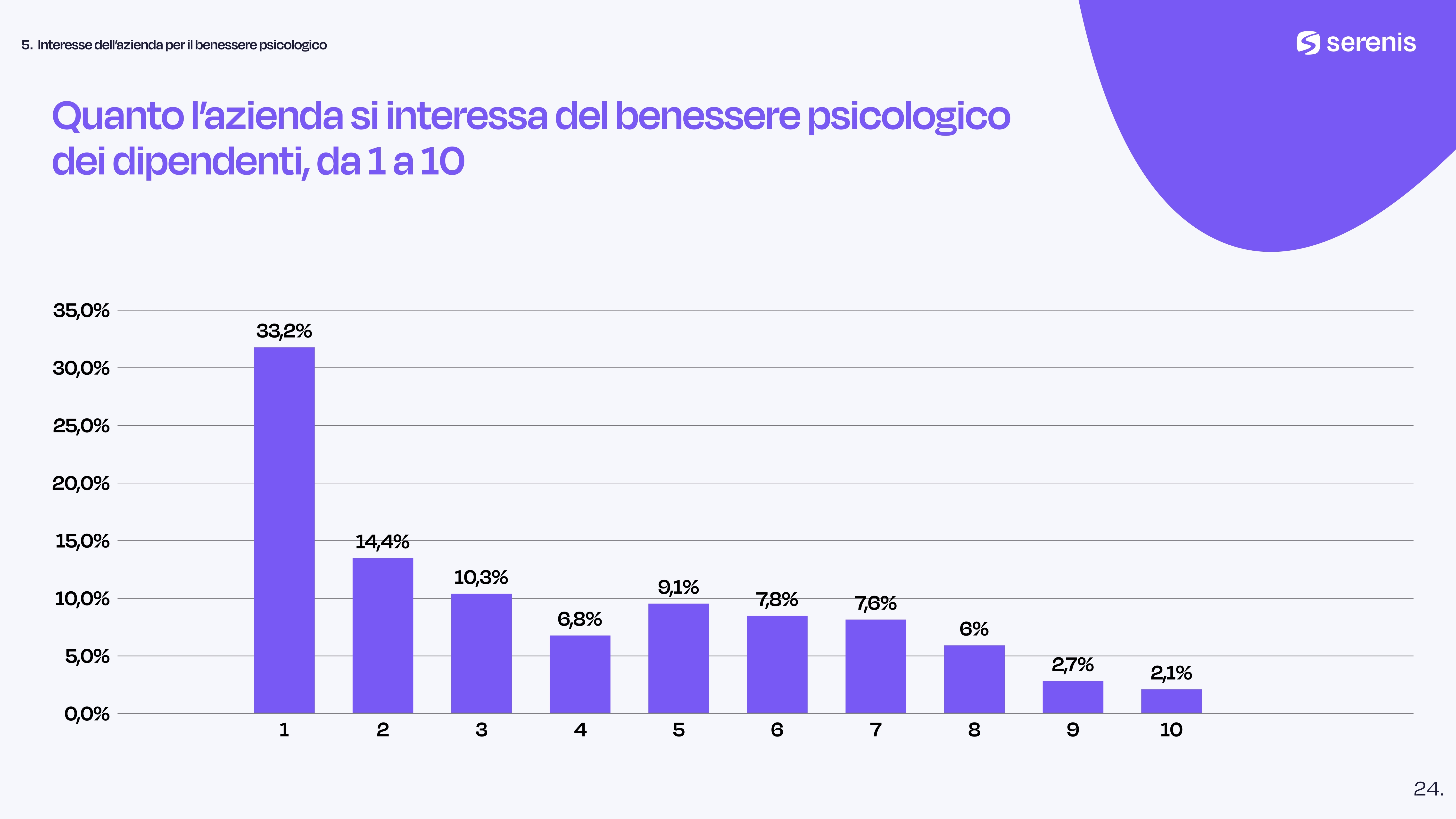Hypertension in clinical practice – Nova Makedonija

The constant high blood pressure in the systemic arteries is the main highlight of hypertension, which is the most important modifying risk factor for cardiovascular, cerebrovascular and clinical kidney disease globally. Most patients with hypertension have essential or primary hypertension, where the exact cause remains unknown, while about 10 percent show secondary hypertension. Mostly hypertension is an asymptomatic state, which is usually detected by systematic or opportunistic screening. Systematic screening refers to any process where individuals identify and invite to a health facility exclusively to measure the CP and assess the risk of KVB. Opportunist screening refers to CP measurement when the patient occurs in a health facility for any reason, such as routine examination or treatment of acute or chronic condition. It is reasonable to measure KP at least every three years in the case of uneven CP and low-temperate risk for cardiovascular disease (ie persons of age pathophysiology of hypertension involves complex interactions between environmental factors and behavior, genes, hormonal, vascular and vascular mechanisms. (Hypertension-Mediated Organ Damage-HMOD) refers to the presence of subclinical complications of hypertension that indicate a high risk for subsequent clinical events, ie asymptomatic in symptomatic, to eventually result in obvious ST.
The purpose of clinical evaluation is to diagnose hypertension, to distinguish factors that potentially contribute to hypertension, to identify other risk factors for CVC, to define relevant comorbidities, to examine the potential secondary causes of hypertension, and to determine whether or not.
ESC’s 2024 instructions define hypertension as a confirmed systolic CP in an outpatient clinic of ≥140 mmHg or diastolic CP of ≥90 mmHg.
New CP category called « Elevated BP », which is defined as an outpatient systolic CP of 120-139 mmHg or diastolic KP of 70-89 mmHg.
The unobtrusive CP (non-elevated BP) is defined as a systolic CP in the context of KP reduction interventions, randomized tests show a consistent reduction in the relative risk of the negative outcomes of the CVC per unit reduction in KP. However, many medical interventions are associated with costs and side effects. Therefore, guidelines for the selection of patients are likely to benefit from the treatment to reduce the CP.
Risk prediction models (score2 and score-op) have been developed in the general population to predict a 10-year risk of CVC. Models include traditional risk factors such as age, gender, systolic KP, cholesterol values and smoking status to predict the 10-year risk of KVC.
The measured CP in combination with 10-year models for predicting the risk of CVC and non-traditional risk modifiers should be used to stratify the risk when treatment is initiated to reduce the CP. Here it is important to emphasize that patients with confirmed hypertension are recommended to reduce BP reduction and no additional risk stratification is required. One of the most important changes in the instructions of 2024 is the focus on the evidence related to the outcomes of the KVB from the KP reduction interventions instead of just reducing the KP.
Regardless of the KP threshold above which treatment for KP reduction (lifestyle, pharmacological or other treatment) is recommended, the purpose of KP in treatment is 120-129/70-79 mmHg for all adults, provided this treatment is well tolerated. There are several important exceptions to these goals and individualized decision making is always the most important priority.
The ultimate goal of preventing and treating increased blood pressure and hypertension is to reduce CVC, improve the quality of life and prevent premature death. Crucial, in addition to KP, it is comprehensive to resolve other risk factors for cardiovascular disease (smoking, diabetes, dyslipidemia), as described in detail in the instructions for the prevention of cardiovascular disease in clinical practice of 2021.
Hypertension treatment involves:
1. Nonfarmacological interventions – physical activity, smoking discontinuation reduces overall cardiovascular risk, but not KP. Reducing salt in the diet lowers blood pressure and reduces cardiovascular risk. Optimized body weight control reduces KP and is associated with lower overall cardiovascular risk.
2. Pharmacological interventions-the main classes of drugs with solid evidence to reduce the BP-mediated Qu. The first four are recommended as first -line options for starting the treatment of hypertension in the general population. When therapy and adherence to the above -mentioned drug classes are optimized, but insufficient to achieve the goals of KP, other drug classes may be used. The spironolactone, MPA, seems to be the most effective in further reduction of CP in resistant hypertension; More evidence is needed for the effects of reducing the risk of MRA with MRA in all hypertensive populations, especially those without resistant hypertension.
With the exception of the combination of the first two classes among themselves, all other drug combinations are allowed or recommended in the treatment of hypertension. Current guides recommend a combination of at least two drugs in the treatment of most patients with hypertension. Satisfactory pressure control with only one drug can be achieved. Today the so -called. Fixed-dose combinations of two or three drugs that allow the optimal combination in precisely defined doses in the form of one tablet, which allow one-time application during the day. This achieves a reduction in the number of pills on a daily basis, reduced patient costs, the use of lower doses of the drugs, reduction of the side effects of the drugs and optimal pressure control.
What should not be forgotten when it comes to treating hypertension is the adherence of patients to the doctor’s recommendations and prescribed. The medication prescribed by the physician must be taken regularly and as prescribed. There is no counseling and a change in the dosage of medicines without consulting a doctor. Hypertension medications should be taken daily.
In the end, it can be concluded that successful treatment and optimal pressure control are only possible if it is approached seriously and comprehensively, not only by the doctor but also by the patient himself. Mutual trust and collaboration between the physician and the patient are the key to successful treatment of hypertension.
Author: Dr. Gordana Donevska
The author is a subspecialist cardiologist in a specialized prevention hospital, Treatment and rehabilitation of cardiovascular disease – Ohrid








